Know before you try.
Cannabis affects everyone differently.
Though cannabis has been legal in Canada since 2018, many people still have questions. Here, you’ll find basic information about cannabis, how it can be used, and what to keep in mind if you’re thinking about trying it.
Cannabis terminology
First things first. Let’s break down some of the common words people use when they talk about cannabis.
Cannabis: describes cannabis plants and elements taken from the leaves, flowers and resins of cannabis plants. Cannabis exists in many forms and is used for different purposes (i.e., medical or non-medical).
Cannabis vs. Marijuana: the federal government uses the word cannabis to describe cannabis products in general, instead of marijuana (which only describes certain parts of the plant).
Cannabinoids: a chemical that cannabinoid receptors in animals and humans respond to. Cannabinoids are naturally extracted from cannabis plants. There are over 100 different cannabinoids with different potency levels depending on the variety of the cannabis plant or product. The most commonly-known cannabinoids are delta-9-tetrahydrocannabinol (THC) and cannabidiol (CBD):
- THC (delta-9-tetrahydrocannabinol) is the main psychoactive ingredient in cannabis. It's what makes people feel high.
- CBD (cannabidiol) doesn't cause a high. Instead, it's thought to provide feelings of relaxation and calmness.
Extracts: a generic name for various forms of cannabis where cannabinoids are separated from the plant.
Edibles: food or drink products infused with cannabis extracts (i.e., candies, gummies, lozenges, drinks, or baked goods).
Topicals: products infused with cannabis extracts (i.e., creams or lotions) which are applied to the skin, hair, or nails.
How cannabis can be used
Cannabis can be used in many ways. Most of us are probably aware that cannabis can be inhaled by smoking or vaping, or consumed by eating, but there are many other ways cannabis can be used. Uses include:
- smoking (i.e., a joint, blunt, spliff, pipe, or bong);
- vaporizing with a vaporizer;
- vaporizing with a vape pen or e-cigarette;
- eating in food (i.e., brownies, cakes, cookies or candy);
- drinking (i.e., tea, juice, cannabis drinks);
- dabbing (i.e., applying to a hot surface with a metal tool);
- other (i.e., tinctures/drops under tongue, applied directly to skin in a lotion).
How will I react to cannabis?
The bottom line is that cannabis affects everyone differently, so it can be hard to tell how you might react to a product. Below is some information to keep in mind if you are thinking about trying cannabis products.
- Be aware that different ways of using cannabis impacts your body differently; eating cannabis is very different from inhaling cannabis. When smoking or vaping cannabis, you usually feel the effects immediately. However, it may take up to two hours to feel the effects of cannabis when eaten.
- Don’t mix cannabis with alcohol. You may have a strong or unexpected reaction which can cause more negative effects.
- Start with a low amount of THC. Click here for more information on THC and how to choose a lower-risk product.
- CBD decreases risk. More CBD in a product can lessen the intoxicating effects of THC.
- If you are trying cannabis for the first time, try it in a safe space with people you know and trust. For example, in your home.
- Remember that not everyone uses cannabis. Don’t feel pressured to try cannabis just because it’s legal.
If you are thinking about trying cannabis, the best advice is to try a small amount and wait to see how you feel.
Click here for our Health and Safety section which describes some of the negative effects you might experience if you consume too much cannabis.


